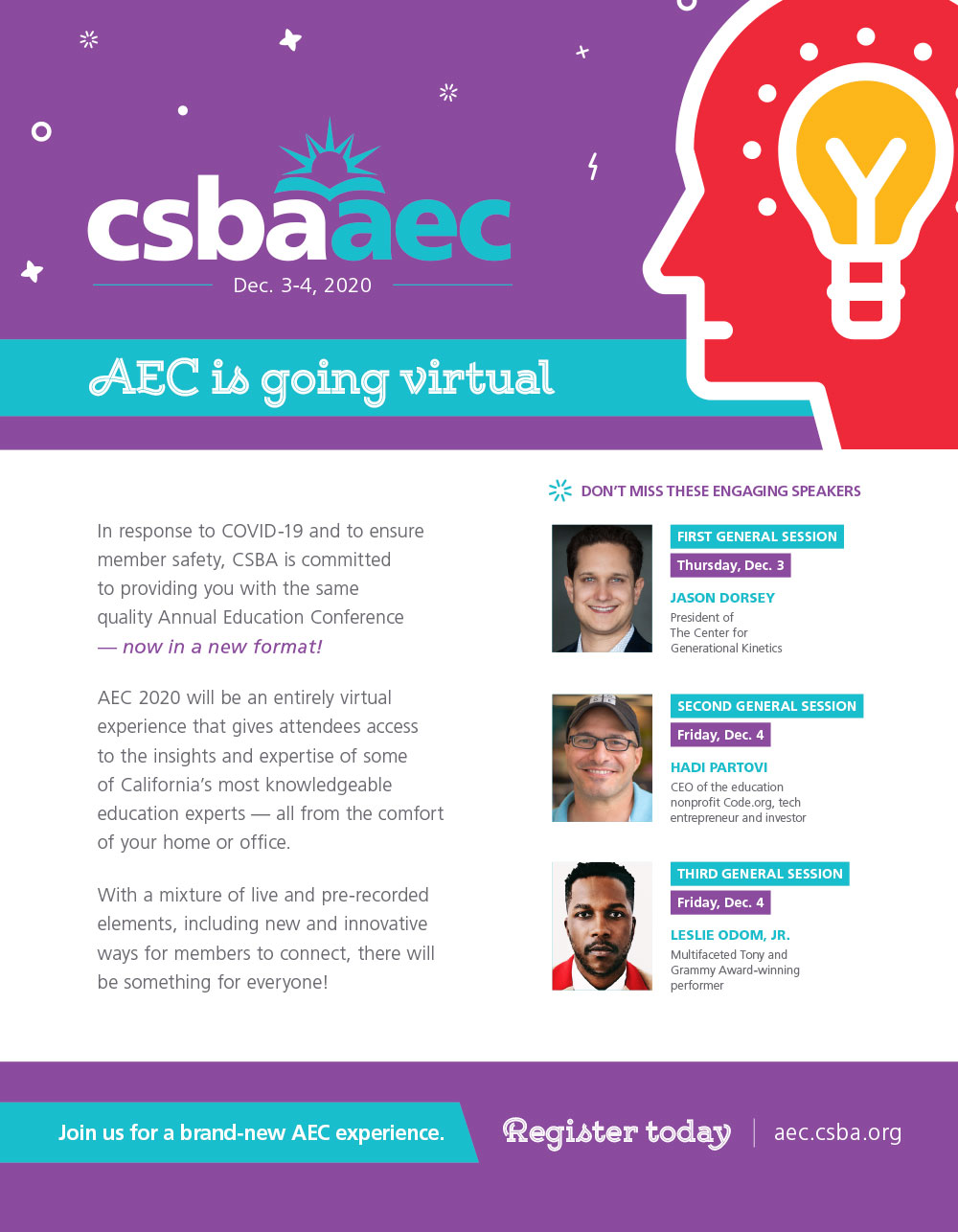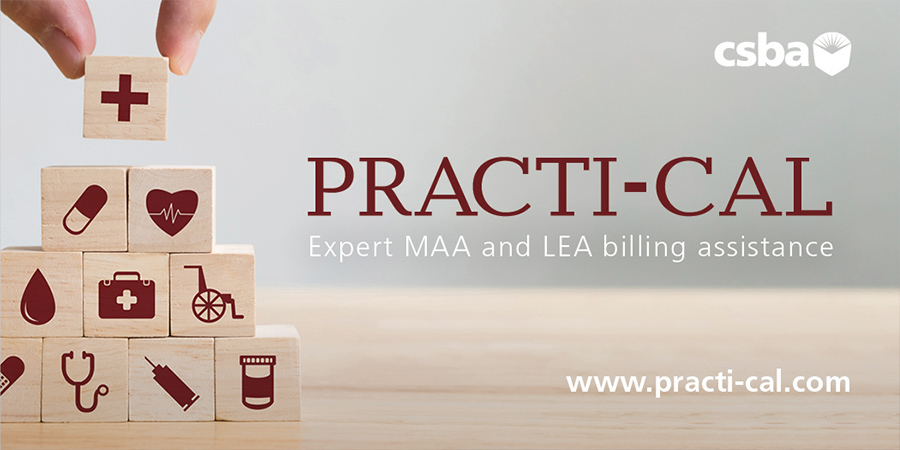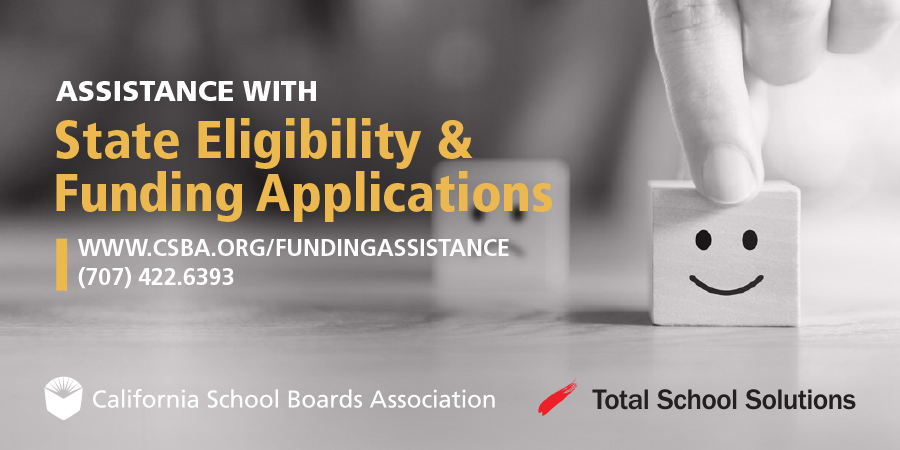

With COVID-19 tests becoming more widely available, the Centers for Disease Control and Prevention released updated guidance Oct. 13 on what K-12 school administrators and public health officials should consider when testing students or staff. “Interim Considerations for Testing for K-12 School Administrators and Public Health Officials” (https://bit.ly/3k24NyV) provides a framework for determining who should be tested first and how such a screening should be incorporated into schools’ overall strategies for controlling the spread of the virus.
The considerations are intended to provide guidance on the appropriate use of testing in K-12 schools for surveillance, diagnosis, screening and outbreak response. Schools play a significant role in helping to protect students and their families, teachers, staff and the broader community and in slowing the spread of COVID-19.
- Stay up to date on the latest COVID-19 news and resources at www.csba.org/coronavirus.
- Read the latest in education news on the CSBA blog at blog.csba.org.



Troy Flint | tflint@csba.org
Managing Editor:
Kimberly Sellery | ksellery@csba.org
Marketing Director:
Serina Pruitt | spruitt@csba.org
Staff Writers and Contributors:
Alisha Kirby | akirby@csba.org
Mike Ambrose | mambrose@csba.org
Graphic Design Manager:
Kerry Macklin | kmacklin@csba.org
Senior Graphic Designer:
Mauricio Miranda | mmiranda@csba.org
Xilonin Cruz-Gonzalez | Azusa USD
President-elect:
Suzanne Kitchens | Pleasant Valley SD
Vice President:
Susan Heredia | Natomas USD
Immediate Past President:
Emma Turner | La Mesa-Spring Valley SD
CEO & Executive Director:
Vernon M. Billy
California School News (ISSN 1091-1715) is published 11 times per year by the California School Boards Association, Inc., 3251 Beacon Blvd., West Sacramento, CA 95691. 916-371-4691. $4 of CSBA annual membership dues is for the subscription to California School News. The subscription rate for each CSBA nonmember is $35. Periodicals postage paid at West Sacramento, CA and at additional mailing office. POSTMASTER: Send address changes to California School News, 3251 Beacon Blvd., West Sacramento, CA 95691.
News and feature items submitted for publication are edited for style and space as necessary.

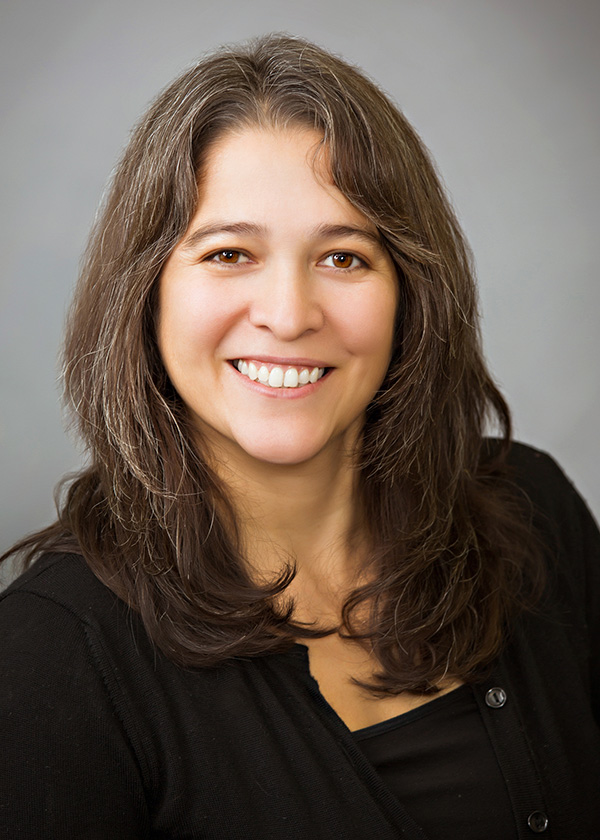
No matter how under-resourced or overwhelmed we become, we can’t lose sight of the fact that 6 million students are counting on us to prepare them for success in college, career and civic life. Even the incredible constraints we’ve faced these past nine months do not relieve us of this responsibility. And the reality is that, no matter how valid our explanations may be, the public is not in the mood for excuses.
![]() GovernanceCorner Practical tips from our MIG faculty
GovernanceCorner Practical tips from our MIG faculty
CSBA suggests submitting questions ahead of the board meeting to the superintendent and chief business official. Items to consider while reviewing the first interim budget include:

CSBA’s Delegate Assembly is a vital link in the association’s governance structure. Working with local districts, county offices of education, the Board of Directors and Executive Committee, Delegates ensure that the association reflects the interests of local educational agencies throughout the state. The Delegate Assembly provides policy direction for the association, elects officers and directors, and ensures that the association reflects the interests of school districts and county offices of education.
Elected Delegates serve two-year terms, from April 1, 2021 to March 31, 2023. Documents related to the nomination process are being provided online only and are available on CSBA’s website at www.csba.org/ElectiontoDA.
Darling-Hammond outlined the impact that a public health crisis, an economic crisis, a climate crisis and a civil rights crisis stemming from a long overdue reckoning with systemic racism have had on public education. At the same time, she shared news indicating that, while there is a long way to go, more students are engaged in learning. While more than 90 percent of students started school in online learning, as of the end of October, there were about 750,000 students attending in-person classes in 21 mostly rural counties. In 20 counties serving about 1.7 million students, there is a mix of districts offering in-person instruction and distance learning. Now, only 17 counties report they will remain in full distance learning models until at least through Jan. 1, 2021. Those counties serve about 3.6 million students and include some of the largest urban districts in the state.
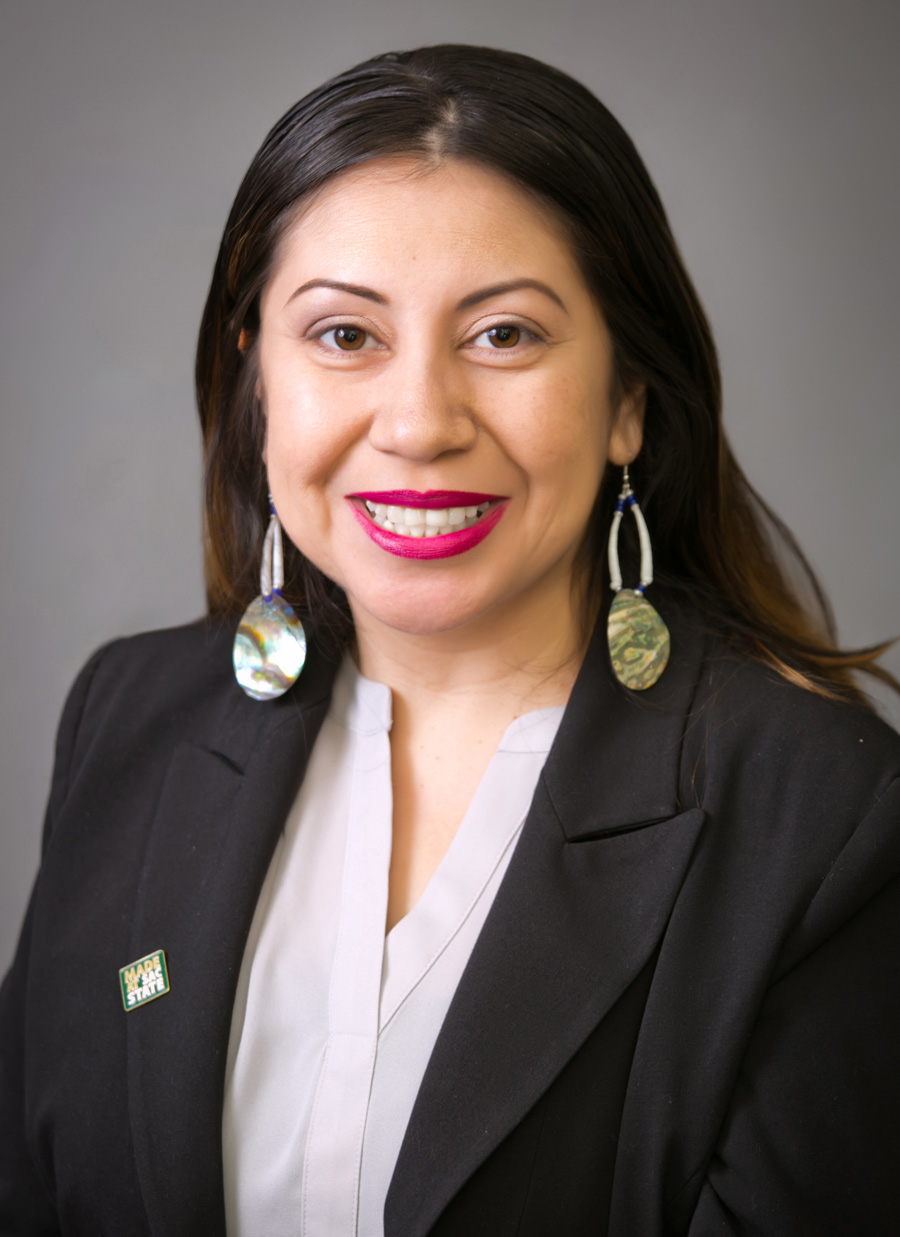
Can you tell us a little about your research interests related to the Native American community and education?
My dissertation was on tribal leadership, education and cultural knowledge. I looked at tribes across the United States for historical background and here in California and interviewed people to find out what emerging themes are critical within the Native community and how that impacts education. I’ve also published researchin the Journal of Transformative Leadership and Policy Studies with a colleague, where we focused on American Indian ways of educating through stories and culturally embedded practices while building pathways toward student success. I have previously helped with authoring a chapter in the ethnic studies curriculum that was adopted by Sacramento City Unified School District, Our Stories in Our Voices, by Dale Allender and Gregory Yee Mark. My colleague and I authored the chapter on California Native American history, which included Native community member stories.
California School News spoke with Partovi about the importance of digital literacy during distance learning, closing the digital divide and what progress the leading provider of K-12 computer science curriculum has made in making the subject more accessible for all students.
“Education continues to be one of our most powerful tools for countering hate and for promoting understanding and tolerance,” Thurmond said during a press conference announcing new educator training grants, partnerships with community leaders and virtual classroom sessions.
Administered every four years, test results are reported as average scores on a 0 to 500 scale and as percentages of students performing at or above the NAEP achievement levels: Basic, Proficient and Advanced. The average 2019 reading score dropped two points since 2015 on the NAEP, also known as the Nation’s Report Card, and the percentage of students at or above Proficient held steady at 37 percent. The average math score did not differ significantly from 2015 — 24 percent of students performed at or above Proficient in 2019.
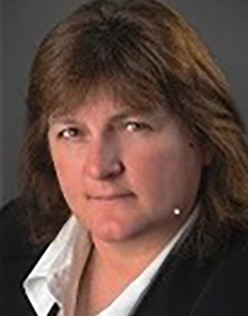
I had the privilege to go to Washington, D.C. with our elected officials and represent CCBE to speak about school funding, special education, using Title II for funding and the need for more teachers. I had the opportunity to speak with House Speaker Nancy Pelosi’s staff, Gov. Gavin Newsom’s representative and many other elected officials.
Statement of ownership, management and circulation (Required by 39 U.S.C. 3685)
Date of filing: September 28, 2020
Frequency of issue: Monthly
Number of issues published annually: 11
Annual subscription price: $4 (member)
$35 (non-member)
Location of known office of publication: 3251 Beacon Blvd., West Sacramento, CA 95691
Location of the headquarters of general business office of the publishers: 3251 Beacon Blvd., West Sacramento, CA 95691
Name and complete address of Senior Director of Communications and Managing Editor: Troy Flint and Kimberly Sellery, 3251 Beacon Blvd., West Sacramento, CA 95691
Owner/Publisher: California School Boards Association, 3251 Beacon Blvd., West Sacramento, CA 95691
Known bondholders, mortgages or other security holders owning or holding 1 percent or more of total amount of bonds, mortgagees or other securities: None
For completion of nonprofit organization authorized to mail at special rates: Have not changed during preceding 12 months
UpcomingEvents info: 800-266-3382


